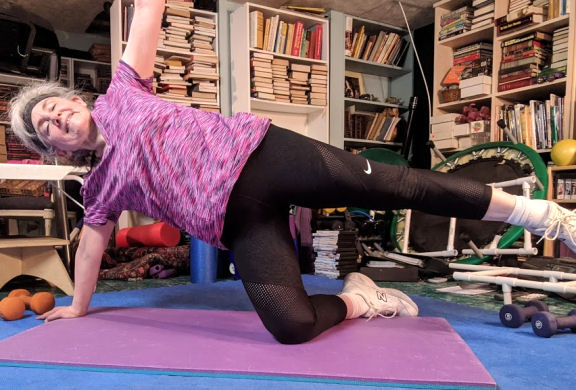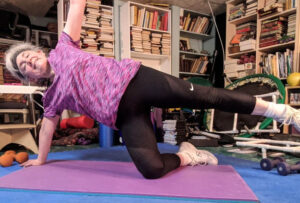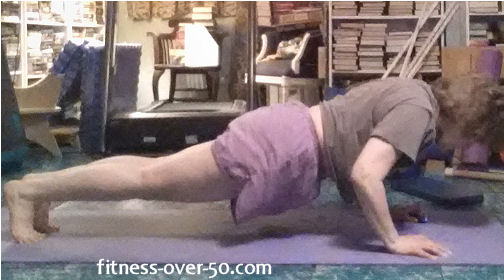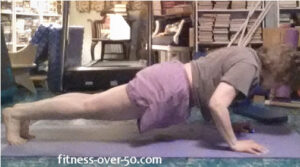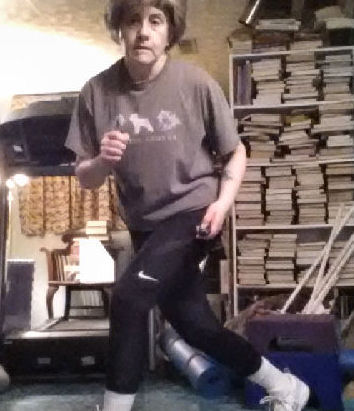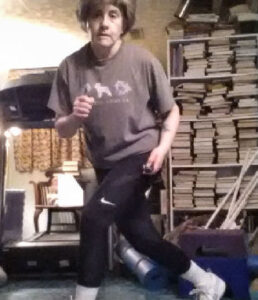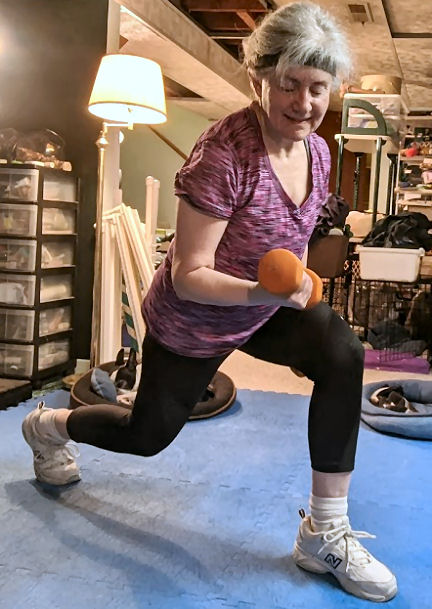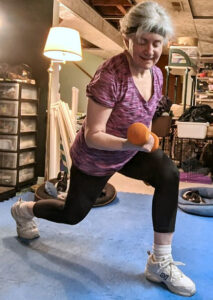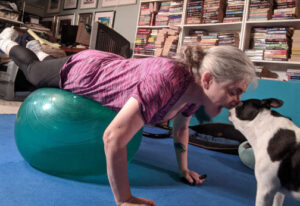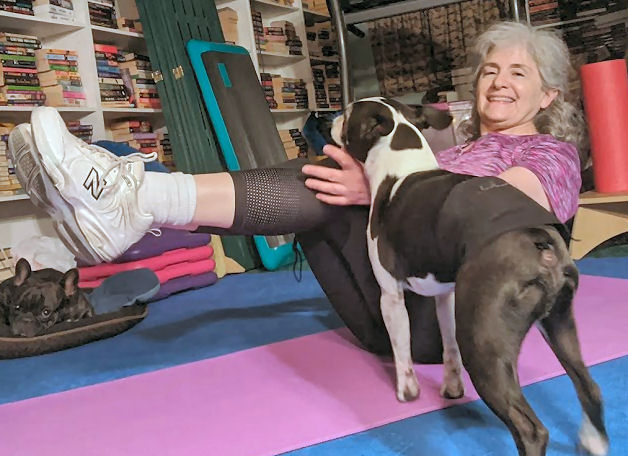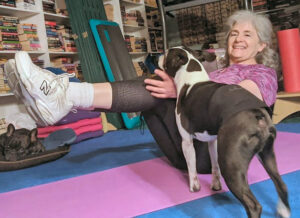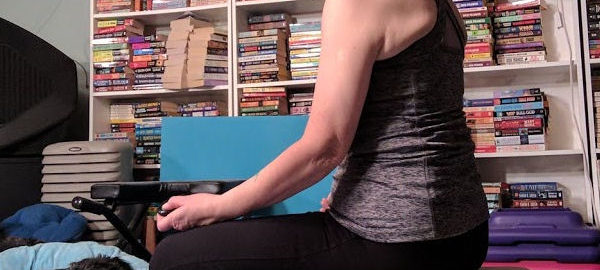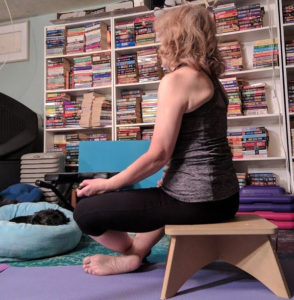No wonder we don’t feel like exercising! We’ve been missing a vital piece of the puzzle. You know how frustrated you get when you’re putting together a jigsaw puzzle and there’s a piece missing? Either you dropped it on the floor sometime or it was never in the box to start with. That’s what has been happening with our exercise. Here’s the missing piece to boost our motivation to exercise!
Add this to your motivation toolbox
Yes. Even after all these years, I need to (figuratively) give myself a kick in the behind to get up and exercise. I don’t enjoy it, I never have. But it’s a habit now, and you know if you ignore your good habits the thought just hangs over you like a cloud the rest of the day until you do it. Do you enjoy exercising? Didn’t think so. That’s why it’s so hard to get motivated. But what if you learned of a new element that, when you add it to your motivation toolbox, it fires you up and gets you moving?
It works with your step tracker
Many people already use a device to track their steps. I talked about this a few weeks ago – it’s fun to get that affirmation when you reach your step goal every day. And that’s great as far as it goes.
We already know about the benefits of exercise. How it boosts our cognition, improves our strength, helps our sleep, and helps us to lose weight. Exercise helps us become more optimistic and resilient, and certainly encourages our healthy aging. But knowing about those benefits doesn’t get us to the gym or pushing “Play” on exercise videos at home. But the addition of a mindfulness app can help us go the rest of the way – beyond tracking our steps. When we’re aware of our body and how it moves, we’re more likely to add the strength elements and additional cardio conditioning we need.
Add mindfulness training
According to a study published in the journal Mental Health and Physical Activity, researchers from the University of Bath discovered that the combination of step tracking with mindfulness training boosted participants’ motivation to continue exercising. And participants also exercised for a longer period of time every week that they used that combination.
So, I don’t know about you, but I’m going to search for a mindfulness app to install on my phone. It’s the missing piece to boost our motivation to exercise.



